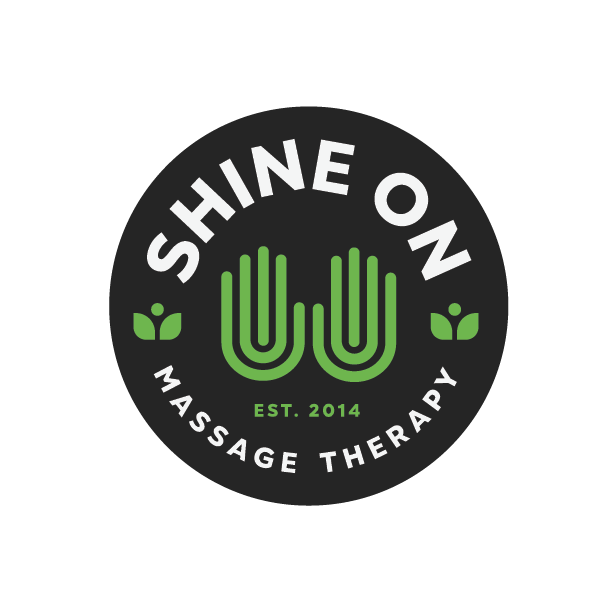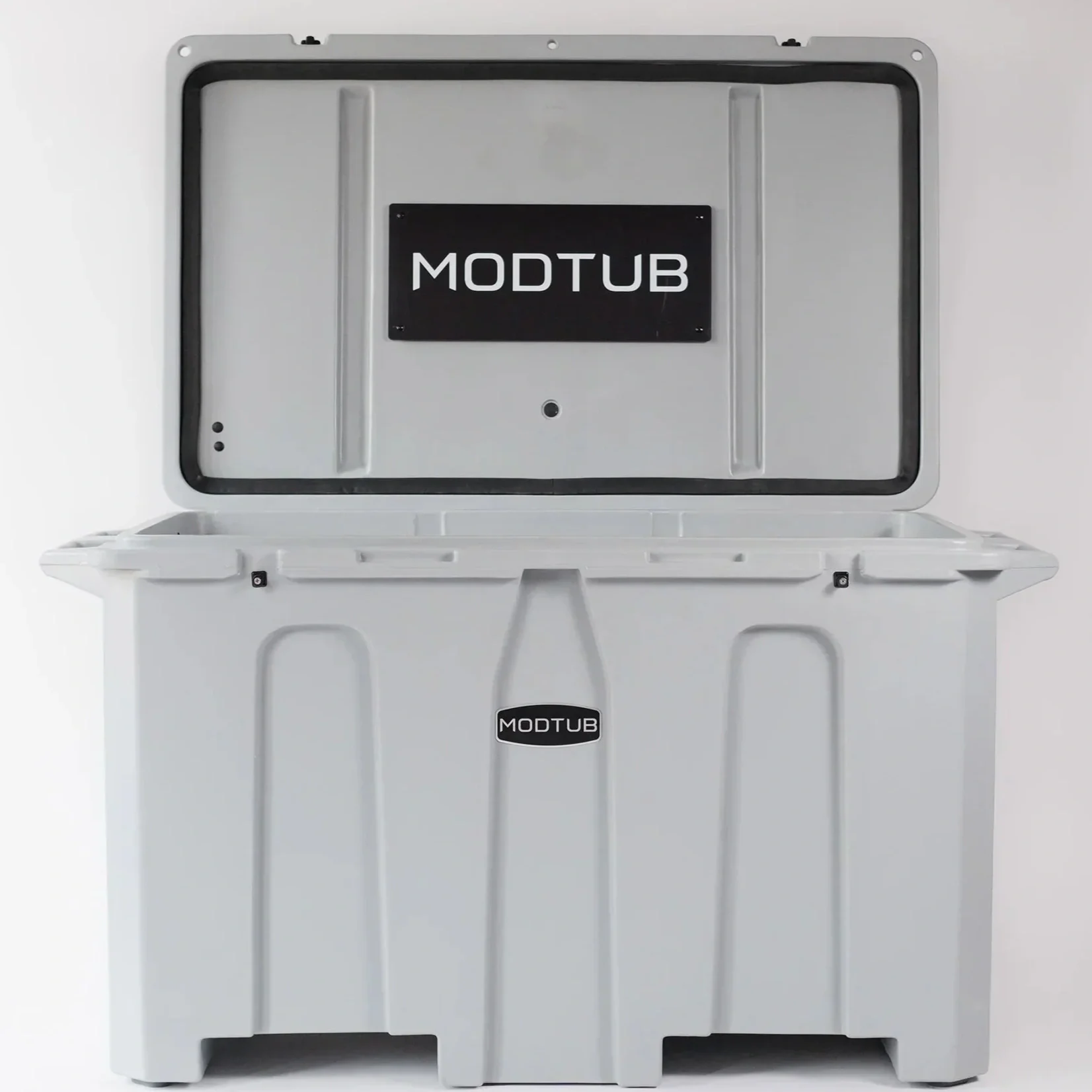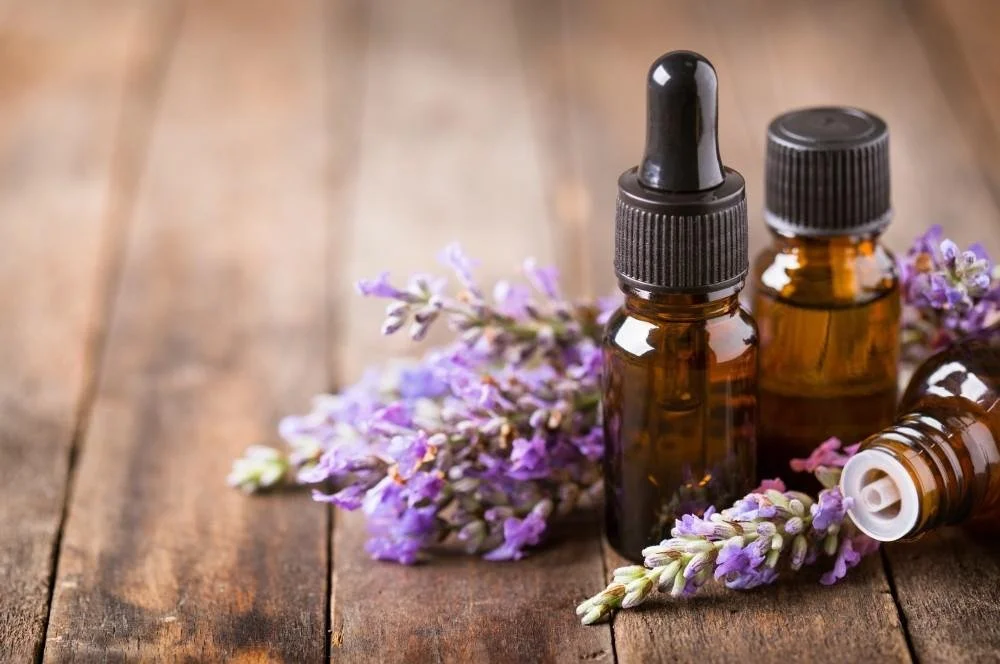At the Detox Den, we’re all about helping your body reset, recharge, and feel its best. Two of our favorite tools for that are sauna heat and the cold plunge. Each one does something different for your body, and when you combine them, the results can be even better. Let’s break it down.
-
When you step into the sauna, the heat works wonders:
Relaxes your muscles – warmth helps release tension and stiffness.
Boosts circulation – your heart rate increases, moving fresh blood and oxygen throughout your body.
Sweat = detox – your body naturally pushes out built-up waste through your skin.
Stress relief – the heat calms your nervous system, leaving you relaxed.
-
Taking the plunge might feel shocking at first, but the benefits are worth it:
Reduces inflammation – cold water calms sore muscles and joints.
Speeds recovery – athletes use it to bounce back quicker after workouts.
Wakes up your body – the cold gives you a natural energy boost.
Boosts immunity – some studies suggest cold exposure can strengthen your defenses.
-
Now, here’s where it gets exciting — when you switch between hot and cold, your body gets a whole new level of benefits:
Circulation boost – the hot makes your blood vessels expand, the cold makes them contract. Going back and forth pumps your blood like a workout for your circulatory system.
Faster recovery – muscles and joints recover more quickly from the alternating temps.
Mental clarity – the contrast sharpens your focus and leaves you feeling energized but calm.
Stress reset – the combination helps balance your nervous system, which can improve sleep and overall well-being.
-
Traditional saunas heat the air around you, which then warms your body. Infrared saunas work differently — they use light waves to heat your body directly, from the inside out.
That difference matters because:
Deeper penetration – infrared warms your muscles and joints more directly.
Lower temperature, same benefits – since your body absorbs the heat, the air doesn’t need to be as hot, making it easier to stay in longer.
Extra detox support – the deeper heat encourages a stronger sweat, which helps your body flush out waste.
Gentle but powerful – it feels less overwhelming than a super-hot traditional sauna, but you still get all the benefits (and more).
-
Everyone’s body is different, so listen to how you feel — but here are some general guidelines:
Sauna (Infrared or Traditional):
Most people stay 15–30 minutes. With infrared, you might feel comfortable staying in a little longer since it’s a gentler heat.Cold Plunge:
Start small — even 1–2 minutes is great when you’re new. As you get used to it, aim for 2–5 minutes.Switching Between Them:
A common flow is 15 minutes sauna → 2–3 minutes plunge → repeat if desired. Even one round leaves you feeling amazing.
Quick Note: What Are Light Waves?
When we say “light waves,” we’re just talking about forms of energy that travel in waves — like sunlight. Some kinds of light we can see (like colors of the rainbow), and some we can’t see. Infrared light is invisible to the eye, but you can feel it as heat.
That’s why an infrared sauna feels warm without needing the air to get super hot — the invisible light waves gently warm your body directly.
Self-care should never be an afterthought. Explore our memberships, join the Den family, and give yourself the gift of feeling balanced, refreshed, and renewed — every single month!









